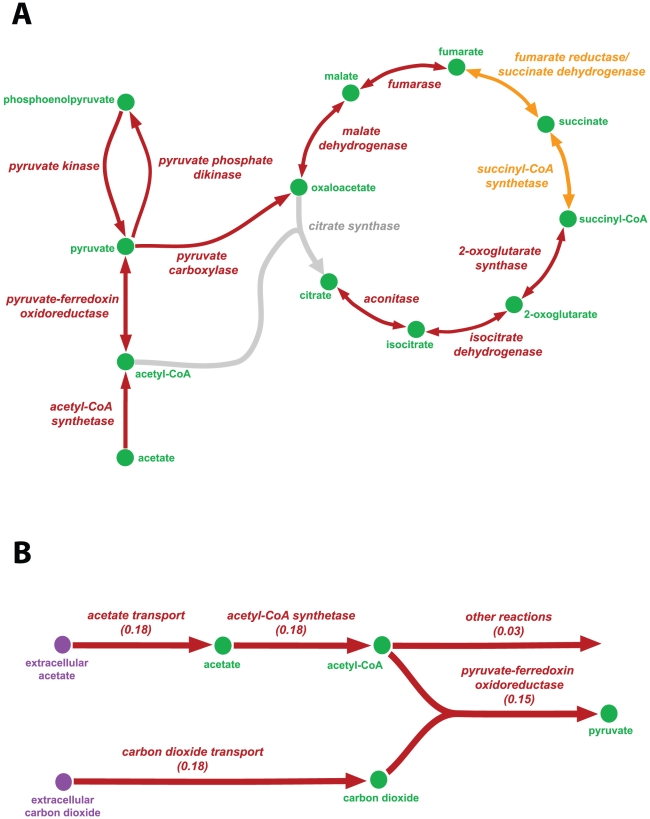Figure 3. The reconstructed TCA-cycle and CO2 fixation pathway of Dehalococcoides.
The arrows show the directionality of the reactions. (A) Grey: citrate synthase gene currently not identified in iAI549, but the pathway is suggested to be present by Tang et al. [84]; Orange: pathways for which homologous putative genes (∼30% amino acid sequence identity) were tentatively identified in Dehalococcoides, but are suggested to be absent by Tang et al. [84]; Red: pathways for which putative genes are confirmed to be present by both iAI549 and Tang et al. [84]. In all cases, the TCA-cycle of Dehalococcoides is not closed which explains their inability to use acetate as an energy source. (B) Dehalococcoides' requirement of CO2 in addition to acetate for their in silico growth. The numbers are flux values in mmol.gDCW−1.h−1. During pyruvate synthesis, Dehalococcoides require 67% carbon (molar basis) from acetate and 33% (molar basis) from CO2. Thus, Dehalococcoides fix carbon via the pyruvate-ferredoxin oxidoreductase or pyruvate synthase (POR) pathway.

